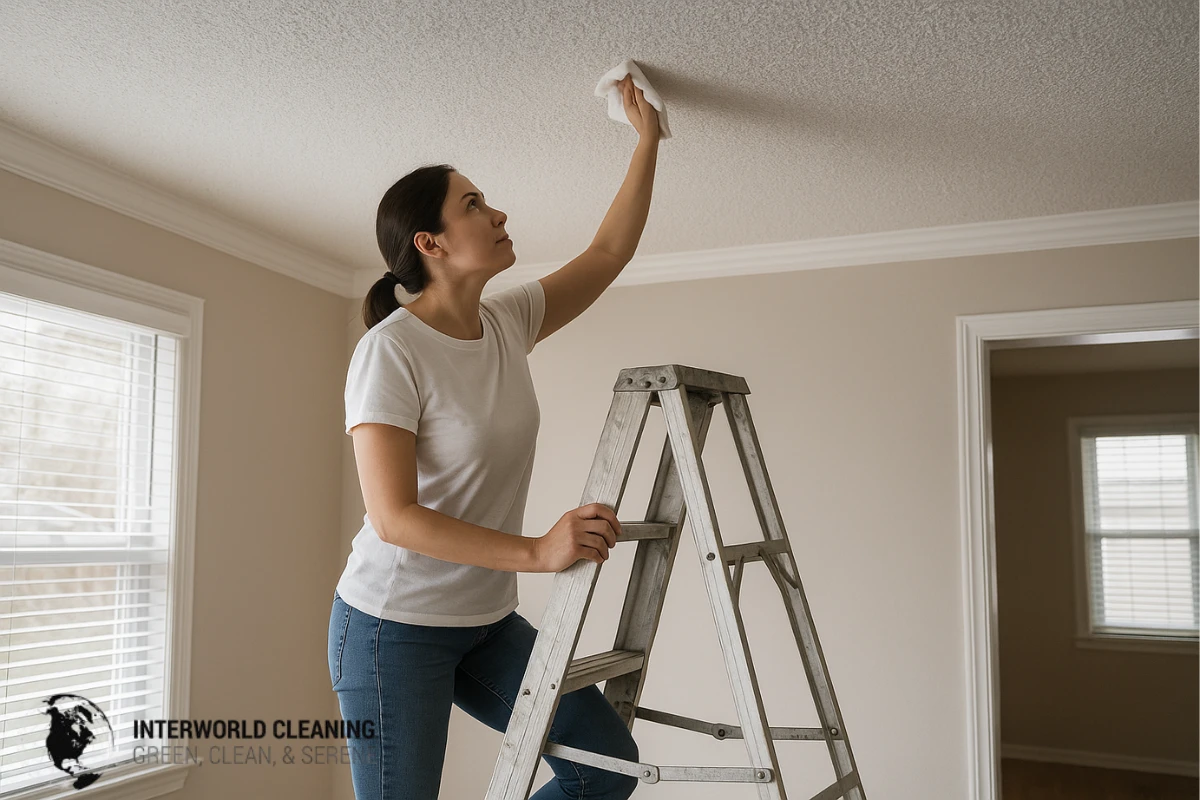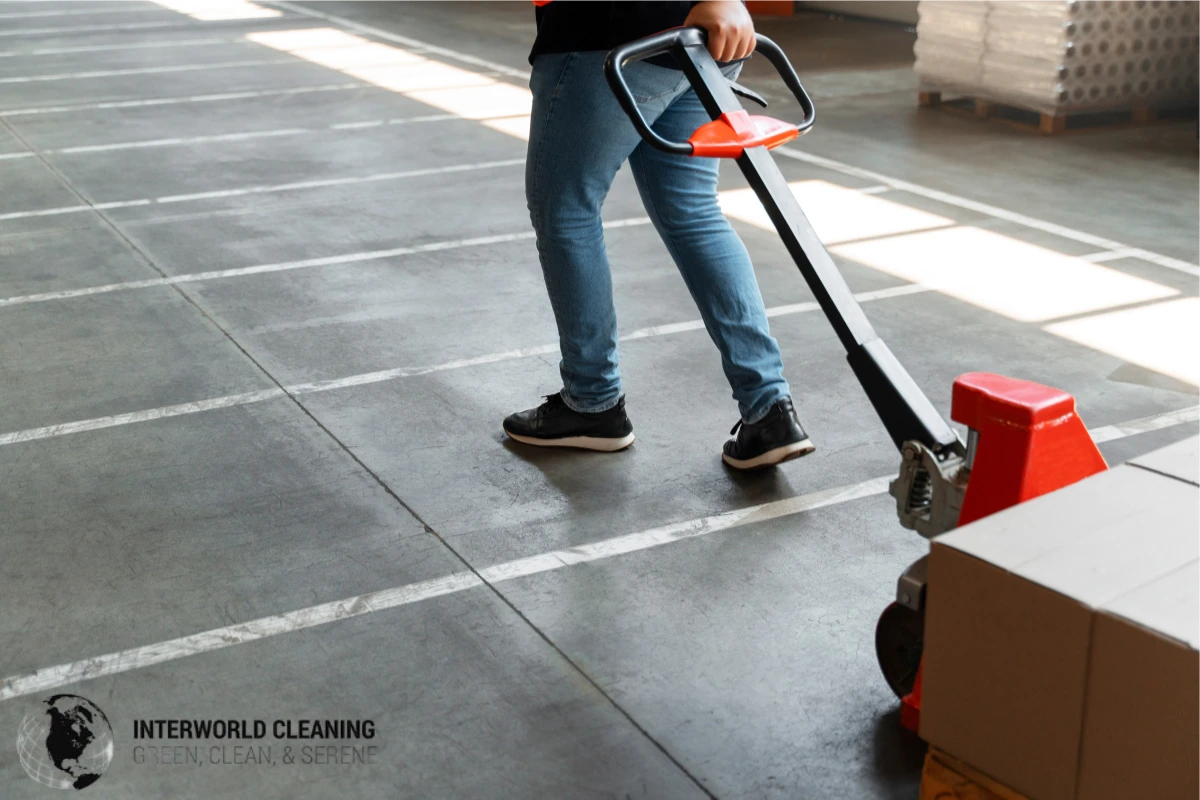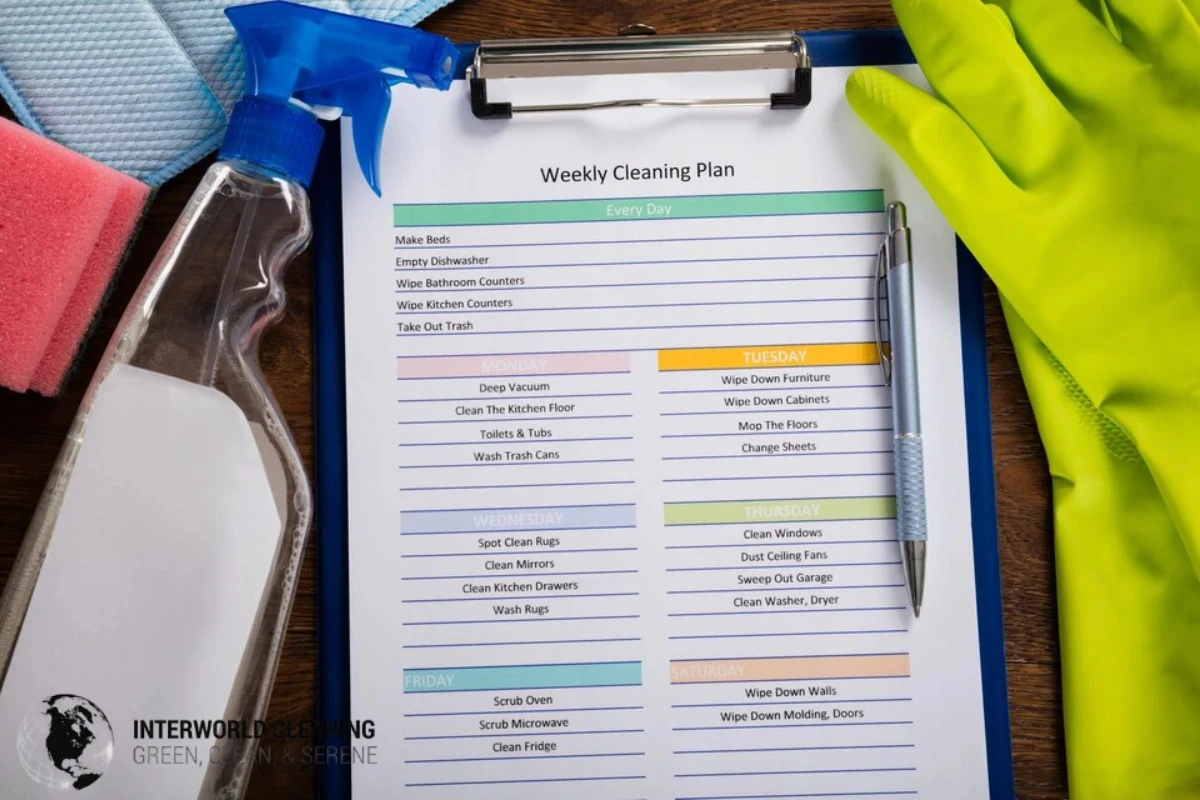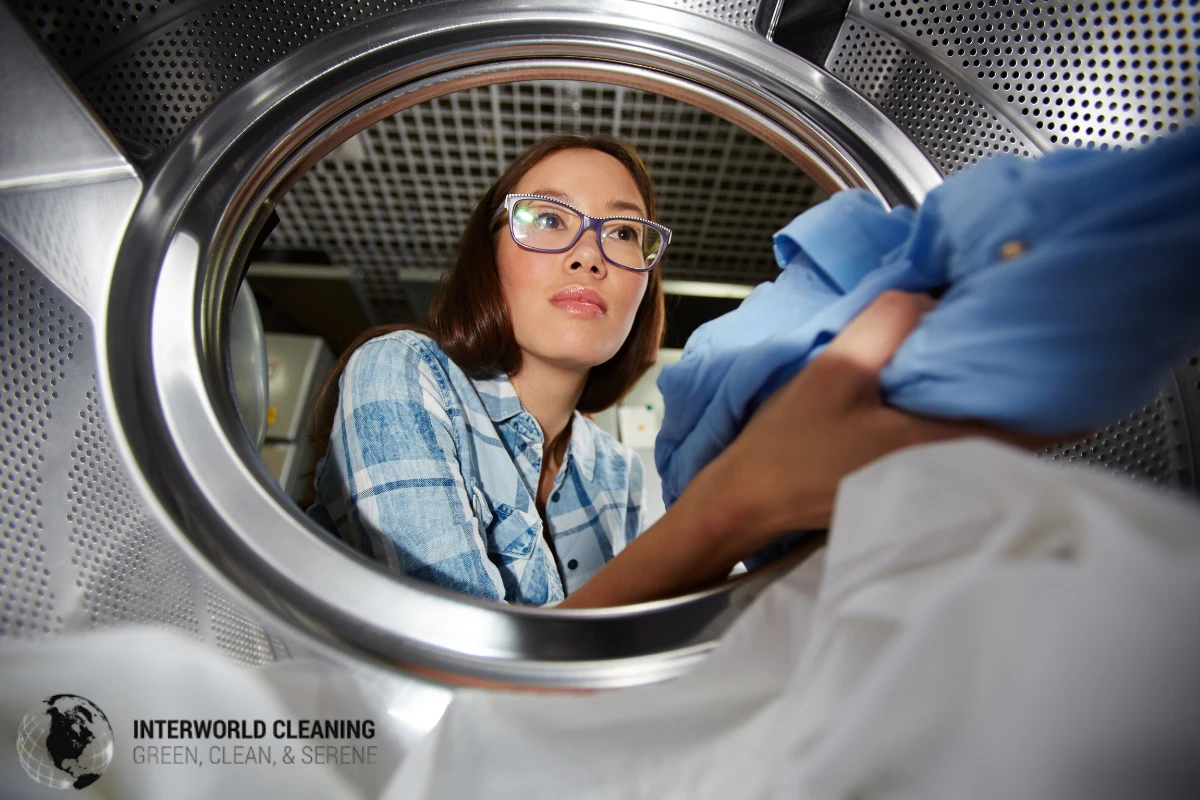“Molds are part of our natural environment and can be found everywhere, indoors and outdoors. Mold is not usually a problem unless it begins growing indoors”*
The only way to gain control over mold growth is by controlling the moisture.
Growing up on the Chesapeake Bay and having a basement my parents were always concerned with mold and the effect it may have on the indoor air quality my family was breathing in!
We made a conscious effort to combat the problem by constantly having fans running, utilizing dehumidifiers, and having vents turned on in an effort to curtail any unwanted mold growth.
However, it wasn’t until the second time their basement flooded that the problem got real. Using the EPA’s recommendations – if there is a 10-square-foot area you can likely handle the problem yourself by following very specific directions for the removal of the mold. This was not the case with my parents on this occasion. The water came in so fast and furious that it was impossible to get out in time and the resulting factor was that my parents – who took the recommendation of a professional mold remediator – had to cut a line 18 inches off the ground and remove all the drywall and insulation throughout the entirety of the basement.
Yes – this was traumatic and costly but necessary. The alternative is a quick and not-so-thorough fix but then you are always wondering if those spores are multiplying and growing within the walls.
As a child with asthma, we had to take preventive measures to ensure my safety.
This included ripping up carpets in the house and being conscious of our surroundings when traveling. This was never more evident than while staying in a hotel room my asthma attack became so bad that I needed to be taken to the ER and placed on a breathing apparatus to be safe. Upon inspection of the room, my mother found mold growing behind dressers and on baseboards. This realization of the effect it had on me changed the course of my life as I now had to become independently aware of my surrounding at all times.
Facts about mold
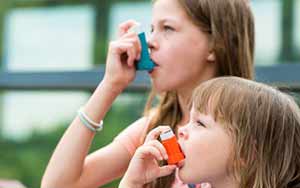
If mold has been a concern or problem in your home or school and you want to eliminate it you must thoroughly clean the mold and terminate the source of the moisture. Once the source of the leak is fixed you can start to take measures to prevent the growth of mold. There are steps you can take to reduce the humidity by 30-60 % such as properly venting bathrooms and other moisture-generating activities.
Also, you should increase ventilation throughout the building by implementing exhaust fans whenever cooking or applicable and use air conditioners or dehumidifiers to increase the airflow.
If the case arises where there is water in the building you should clean it immediately ( less than 48 hours ) to help prevent the spread or growth of mold. Furthermore, using water and detergent clean all affected surfaces and dry them completely. Take notice of any materials that may be absorbent and need to be replaced – such as ceiling tiles. By adding additional insulation in areas where there is a continual problem you reduce the risk of condensation on window surfaces, piping, and floors. Also, it’s a good idea to have concrete floors in areas that are high risk such as where water fountains or classroom sinks are located.
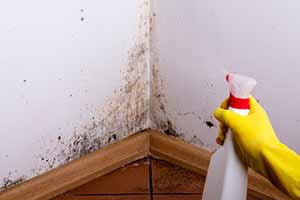
In order to avoid severe or chronic health problems the issue must be addressed when it happens. Mold can cause an abundance of various allergic reactions by either touching or breathing in spores that are in the air. These reactions can range from skin rashes to a runny nose and most symptoms in between. These types of reactions are common but should not be overlooked as they can lead to more serious concerns. Individuals with asthma should pay particular attention as these reactions can lead to attacks and may lead to a hospital visit.
Researching mold and the adverse health effects it has is an ongoing study and should be taken very seriously as it is a definite concern that needs to be addressed as soon as it occurs.
Now that summer has arrived and kids and adults alike are playing outside and enjoying the pools and beaches – mold thrives in this heat and moist environment. In a building or house mold lurks in all places – it can be found in walls, ductwork, under sinks, on baseboards, and in your clothes. And don’t be fooled – it is not limited to indoor growth – outside it can thrive in gutters, wood piles, and even abandoned trash.
Mold has the ability to lay dormant until the conditions arise that allow it to grow and multiply. As with all living things mold needs a food source which can come in the form of dirt, dust, or any other organic substance. Not everyone will react the same way to these allergens but those who are susceptible may develop serious or life-threatening symptoms by simply entering a contaminated room and need to be treated immediately.

There are 4 critical factors that mold requires to grow:
- Food,
- Mold spores,
- Ample moisture and
- Temperatures that are appropriate.
If you can take any one of these factors out of the equation you can eliminate the threat of mold growth. Once mold grabs a hold of your environment it is imperative to starve it of its’ necessities and then you are on the path to victory.
Let’s dive into each of these critical factors and see how they play into the equation.
Mold Spores
The factor that is the hardest to contain and get a grasp on is the abundance of mold spores in our everyday life. Mold spores are a fraction of the size of a human hair and are in truth everywhere in our environment and virtually impossible to eliminate. There is no way that is cost-effective or proven reliable to completely rid them of habitable areas for humans. Therefore, we can try to control the other factors in an effort to reduce the available spores in the air.
Food
While researching for information on this subject the next factor proved to be the one that truly captivated and intrigued my thoughts. Mold can feed on any organic substance which makes it literally unstoppable in this aspect and nearly impossible to eliminate mold food that is in the environment.
The part that truly got my attention was that mold can even feed off the oil from our skin that may get transferred and left onto a surface that otherwise would be unsuitable for them – such as a stainless steel tabletop. Even more intriguing is that soap is a suitable food and even after a deep clean may provide enough nutrients to promote growth.
Many common materials located in our homes are among mold’s favorite nutrients such as paper, organic fiber, and natural mold. Therefore, completely removing mold from our daily lives is a moot point.
Temperature
You would think that temperature control at of all the factors would be the easiest to control however, this is a mistaken notion. Mold tends to grow abundantly at the same temperatures that we as humans prefer. For anyone that has ever cleaned out their refrigerator – after some time – mold has surely been seen growing on old food. This tells us that even though mold thrives in warmer conditions and temperatures that are close, not freezing will not deter the growth of mold.
Now, if you are in the tropics where temperatures are a bit warmer than humans mold will flourish. With this knowledge, it is safe to assume that mold can never truly be controlled through indoor temperatures but it is a means of trying to keep a handle on the situation.
Moisture
Moisture is the one aspect that you can reasonably manage by implementing a variety of tactics. Dehumidifiers and fans are imperative to keep air circulating which will aid in the removal of moisture in the air. Also, with this knowledge, we can try to defend ourselves by ensuring that your building has proper ventilation and if water ever becomes noticeable not only dry the area but find the source and correct the problem.
Yes – water is everywhere but there are ample means to keep the level at a minimum. Of all the factors moisture is the easiest to contain but it’s a challenge and takes effort but is worth the fight.
Now that we have this knowledge and tools to combat the problem we should be highly sensitive to the problem.
As have learned mold is spread rapidly and causes a wide wake of destruction behind it. It can ruin houses, cause major health concerns and be a constant and costly battle to fight.
We should take every preventive measure possible to eliminate the threat of mold and what it can lead to. While we may never truly be able to rid ourselves of this dilemma we can and must make a concerted effort to reduce its ability to spread. Only then – with the effort required and knowledge we now have can we take the fight to the mold!
*www.epa.gov/mold.com
Mold Prevention Made Manageable with Expert Help
Dealing with mold can feel overwhelming, but with the right knowledge and preventive measures, you can significantly reduce its impact on your property and health. At Interworld Cleaning, we understand how mold thrives and know how to tackle it effectively. Whether it’s maintaining proper ventilation, controlling moisture, or thorough cleaning, our commercial cleaning services are designed to keep your space safe and mold-free.
As a trusted commercial cleaning company in Baltimore, we have the tools and expertise to ensure mold doesn’t get the chance to disrupt your home or workplace. Our experienced commercial cleaners are here to help you create a healthier, cleaner environment. Reach out today to learn more about our specialized cleaning solutions.

